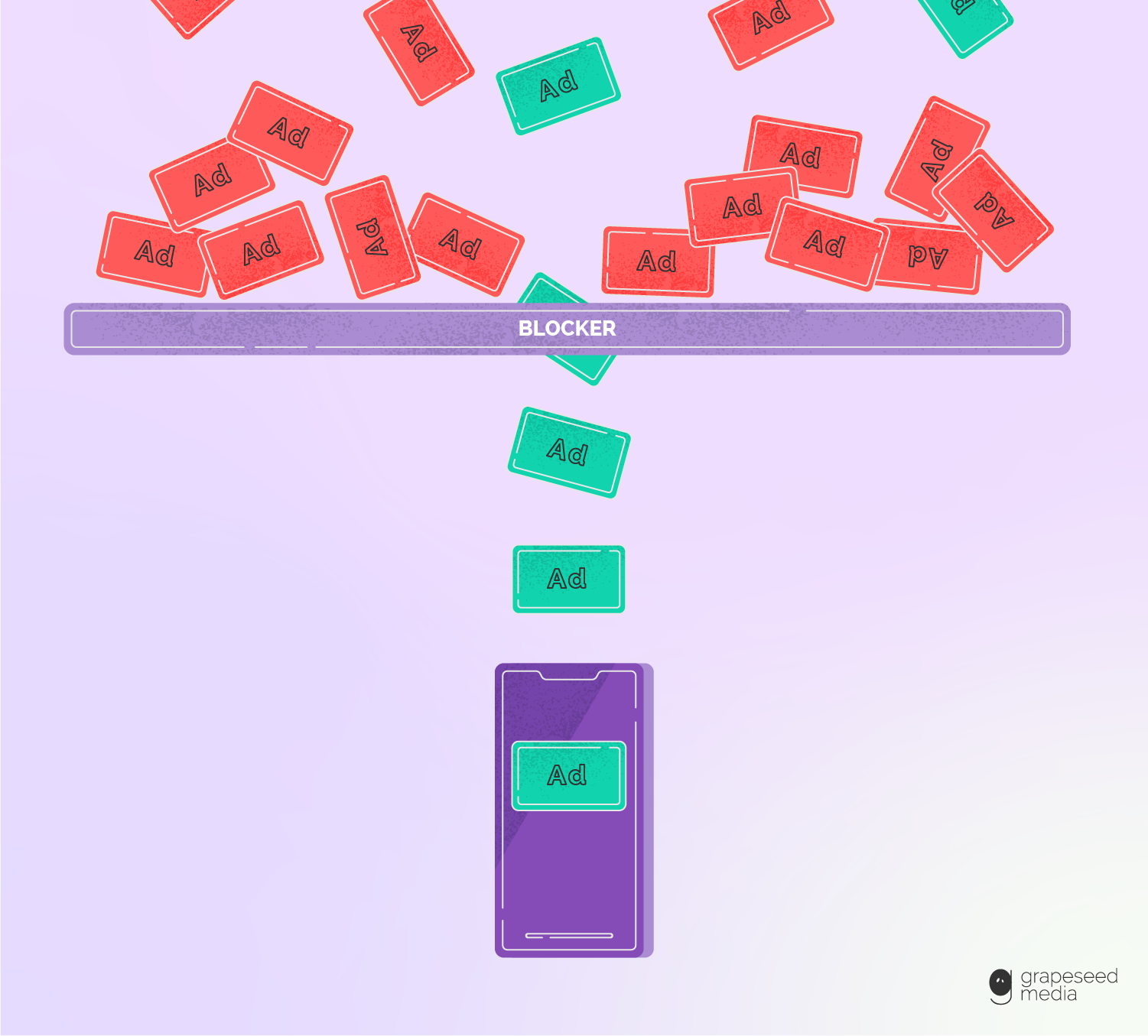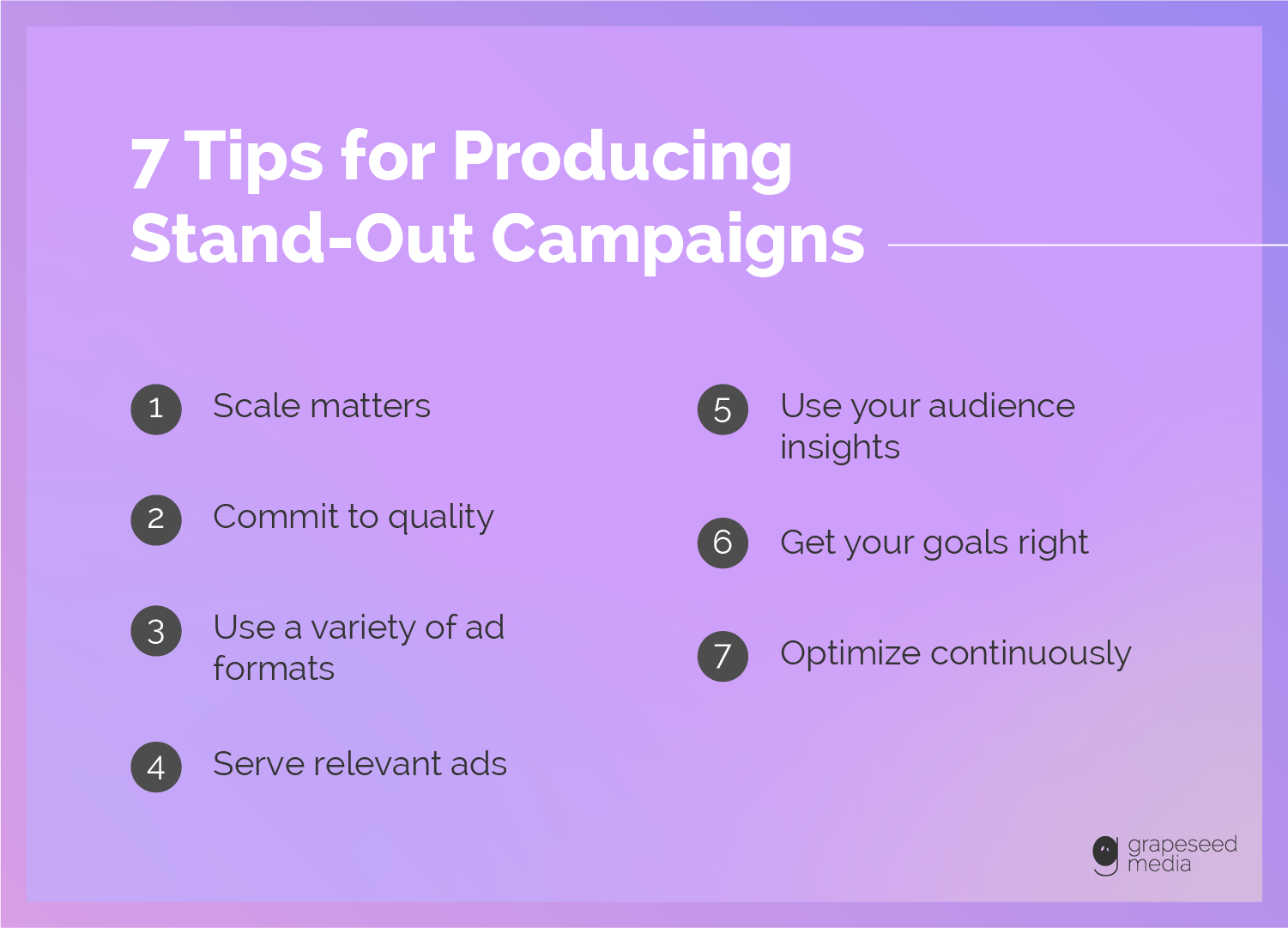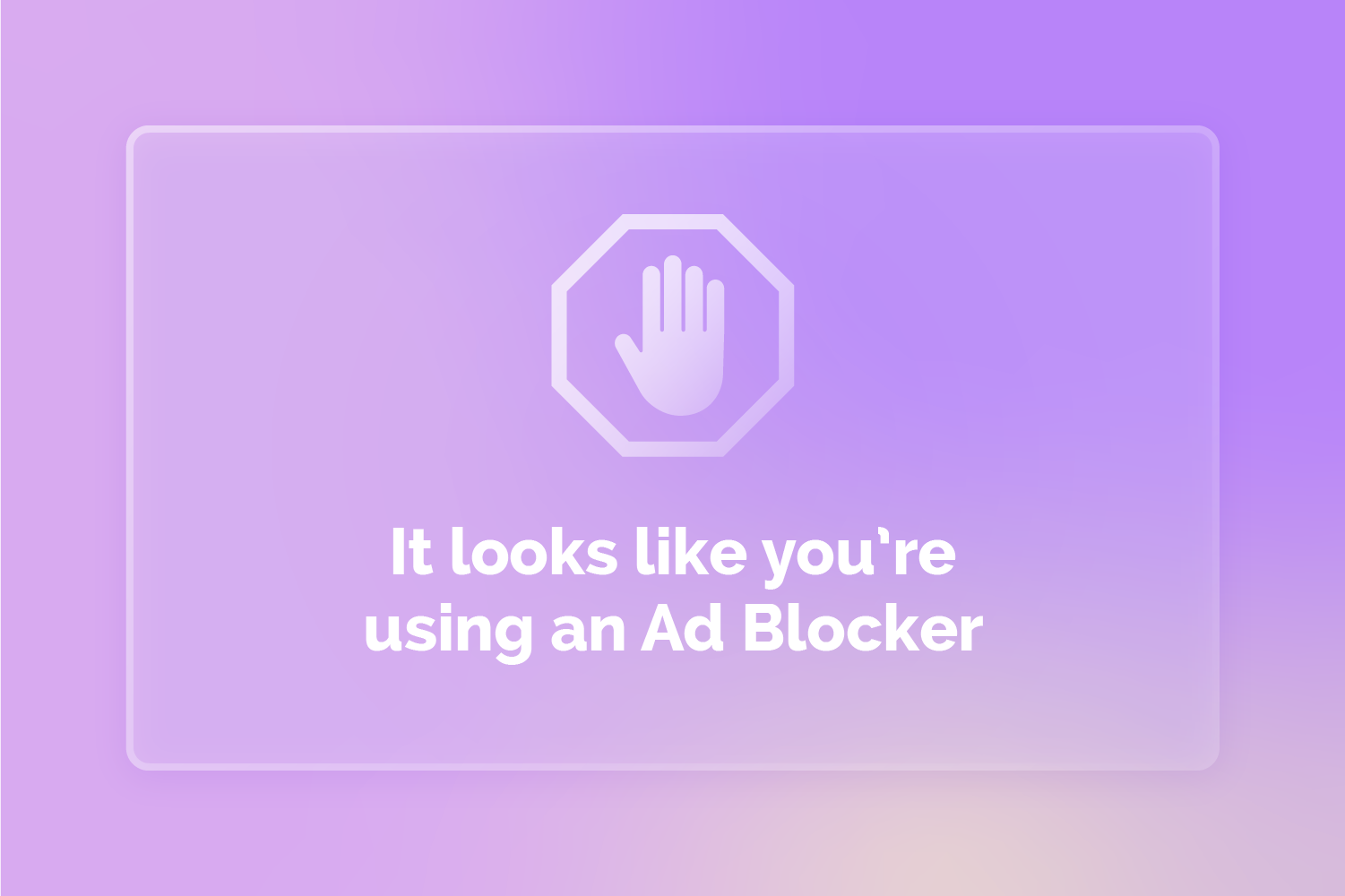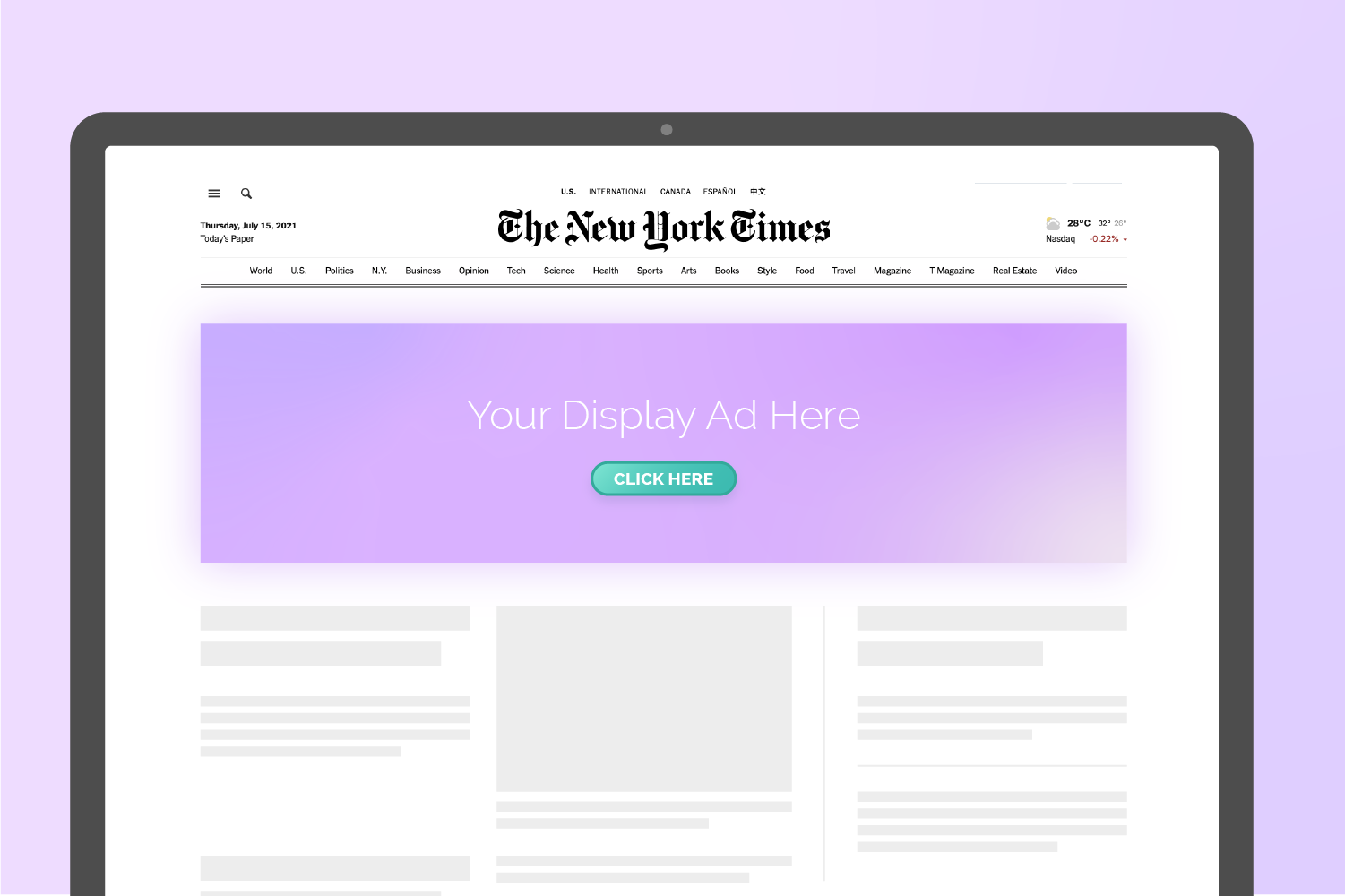Nothing in this world is for free. You either pay with your money or your attention. Media companies like cable networks or publishing houses have used advertising in their magazines and their TV series & movies as an additional source of revenue for decades. In fact, it soon became their most important source of revenue. On the other hand, Advertisers love the opportunity of having the attention of a mass crowd to advertise their products. Consumers loved the free content. It is a win-win situation for each party involved – Advertisers, publishers, and consumers.
However, in recent years the consumption of digital media is rapidly outpacing the usage of traditional media and suddenly the ad-funded model consumption is turned head over heels.
All due to the rise of a tiny browser extension that completely changed the game. Meet Adblock.
A simple click is sufficient to install the browser add-on in a second so that users can enjoy an ad-free web surfing experience. It was an immediate hit – and it grew and prospered. According to the 2020 PageFair Adblock report over 763m devices were blocking ads as of December 2019.
Ad blockers are meant to put an end to intrusive ads like pop-ups, interstitials, sticky bottom ads, sound-on auto-play video ads without any user initiation. Anything that clutters the content and disrupts the surfing experience. Bad and obnoxious stuff really!
Adblockers also reduce page load time and clear out any security concerns over potentially malicious ads.
The extensions are available for all major browsers (Chrome, Firefox, Opera, Safari, Microsoft Edge, and others). Some browsers do have their own adblocking software implemented by default as well. (Chrome).
Ad blockers are using filter lists that tell your browser which elements to block. These lists are curated and maintained by people in the adblocking community itself under open source licenses. You can also customize and create your own lists, so you can block as little or much as you want.
So with the choice on whether to accept advertising being handed to the consumer, how are publishers and advertisers affected in this delicately balanced ecosystem? With at least 763m devices blocking ads, that is billions of ad revenue/ ad exposure lost for publishers and advertisers.
To cope with this new reality, advertisers and publishers need to develop new strategies, but first, let’s start with the questions of why and when ads are bad and how to avoid those?
Are all ads bad?
Certainly not, but we all had our fair share of experience with annoying ads that ruined our browsing experience. We clicked on an intrusive ad by accident and it led us to god knows where. You cannot blame the user for the usage of ad blockers when ads are intrusive and disruptive.
Hence, it is no wonder why so many people installed ad blockers, but are all ads bad like this? How did it even come so far?
There is a phenomenon called banner blindness. People focus their attention on the content and unconsciously ignoring any information that is displayed in a banner. Eyeballs automatically wander to the content and blending out any banner noise. Sneaky web developers then created formats that purposely interrupted the browsing experience by purposely placing advertising in pop-ups, sticky bottom layers, or auto-playing videos. Ads that you cannot easily blend out in your mind.
In consequence, users are trying to click these ads away. Sometimes these ads are clicked by mistake. This looks great in a performance report. Especially in the earlier days of advertising when vanity metrics like CTRs or CPC were common performance indicators for campaigns. The higher the CTR, the lower the CPC, the better performing the ads.
However, sacrificing user experience for ad revenue is a short-lived tactic and it was not long until consumers took matters into their own hands and started to block ads.
The rise of ad blockers is diminishing the ad revenue for publishers. It threatens the biggest source of income for them. Digital content is expensive to produce, which leads to the development that by 2021 most digital publishers had already moved to a subscription-based revenue model and deployed a paywall to make sure they can monetize their content in times of increased usage of ad blockers. Content providers do lose a fair share of their audience when moving behind a paywall, but it is one way to deal with the rise of adblockers and still get remunerated.
Consumers love free content though. And, users only will subscribe to a limited number of subscription services. Symptoms of subscription fatigue already emerge. 47% of consumers are frustrated with the increasing number of streaming services according to the Deloitte Digital Media Trends.
There has to be a middle ground in this situation.
Consumers do understand the necessity for ads and the value exchange of advertising.
There is a tolerance for ads that are non-intrusive. According to a Hubspot study in 2016, 68% of consumers are fine with seeing ads, but only if they are not annoying. Users do understand the value exchange that happens in the economy of attention. They do want content for free and don’t mind advertising that holds itself to a certain standard in a better, non-annoying, non-intrusive way. Users also care about their favorite publications and do not want them to go out of business.
How can advertisers and publishers deal with the increase in adblockers and therefore the decrease in revenue and advertising opportunities?
Do good ads then, they say, but what defines good advertising?

There are several industry initiatives like Acceptable Ads that try to standardize the form and formats of good and acceptable advertising. Eyeo is the company behind Adblock Plus and “Acceptable Ads” is their whitelisting program defining what good ads are in terms of placement, distinction, and size. Another initiative is the IAB Tech Lab’s “Coalition for Better Ads”, This group is backed by several industry heavyweights like Microsoft, Google and other major industry players.
For advertisers, developing good ads that are relevant to the user will result in a positive ad experience and produce positive campaign results. But it is not only the ad formats themselves that guarantee good campaign results.
Here are few tips that will produce great campaigns that stand out from the crowd.

1. Cutting-edge marketing platforms that will ensure the greatest campaign reach within your target audience.
Advertisers are losing billions of ad impressions due to the usage of ad blockers. That is a huge decrease in reach. With publishers moving behind paywalls and a fragmented media consumption of the modern-day user, a single publisher simply does not have enough reach anymore.
In order to achieve maximum efficiency and best results for your campaigns, you will need to use cutting-edge marketing platforms that are able to address and scale your target audience across publishers, devices, channels (Display, Video, Native, Search, Social, and Audio).
2. Focus on the right environment and commit to media quality – Ensure brand-safe, fraud-free, highly relevant quality ad space.
Don’t waste your advertising budget! Choose your ad space wisely and invest some time and resources to evaluate the ad request you are bidding on. Grapeseed Media holds itself to the highest media standard to ensure that your ads are actually seen by the consumer. All of the Grapeseed campaigns are prequalifying the ad space by using pre-bid viewability, ad fraud, and media quality filters. Your brand is protected in a safe and suitable environment with highly viewable ad slots.
3. Use a variety of ad formats and channels – continuously test and learn.
Great advertising combines the best of both worlds – creative and media. Grapeseed Media does have an in-house production team at your service that will help produce tailored creative solutions for you. Just provide us with your creative assets and we will produce the ads for you. Work with different messages and creatives dynamically optimized for different audiences in order to combat creative fatigue. Have a look at our gallery to see our work and get inspired.
4. Relevancy produces great campaign results and adds value to the users’ experience.
Grapeseed Media uses a data-driven marketing omnichannel approach. We work with a variety of data signals that help to identify, analyze and address high-value audiences across the programmatic landscape. We choose the best placement across multiple channels (Display, Video, Native, Audio, Social or Search) with the best creative to ensure relevant ads are displayed to your audience for maximum impact. You can also cross-sell and upsell here. A well-placed ad signifies a true value exchange. To find an ad with the exact product or service, you need at this very moment, is not luck nor destiny, it just might be the making of a smart algorithm or a well-targeted campaign.
5. Tag your websites & digital properties. Gain valuable insights into your audience.
Plenty of reasons to tag your websites and digital properties. Not only is this a must to track the performance of your campaigns, but you’ll also gain valuable insights into your audience that will fuel your marketing campaigns. You can create look-a-likes on your existing audience to attract new customers or segment your website visitors into different audiences to address them with a customized message.
6. Measure what matters and concentrate on the right performance indicators.
As mentioned above vanity KPIs like CTR and CPC are outdated performance indicators. Take advantage of the fact that almost everything can be measured and monitored in digital marketing. Choose your KPI’s wisely and don’t rely on CTRs and CPC. We will make sure that your advertising is focussing on business outcomes and goes beyond clicks and CTRs. KPIs that drive real business outcomes like landing page views, purchases, lead submissions, cost-per-acqusition and ROAS goals, phone calls, time-on-site (TOS) or media quality-related KPIs like viewability or in-target reach.
7. Analyze your reports & gather insights. Keep on working and improving. It never stops.
Campaigns should be continuously optimized by dedicated and highly experienced optimization experts. That will ensure strong results and campaign efficiency. Reports should be analyzed consistently. Apply your campaign insights across your whole digital media activities. Learn something about your audience from search, try to use this intel in Display or Social. Programmatic is a dynamic ecosystem, so campaigns are constantly subject to change due to seasonality or other factors. Ensure continuous optimizations to always be on top of the campaign.
Follow the above tips your campaigns are bound to a marketing success that will drive return on your ad spend – regardless of the adblocking challenge. Better yet, check out what our clients have to say about us, If you are curious to know more about our programmatic offering, please feel free to get in touch with us.





